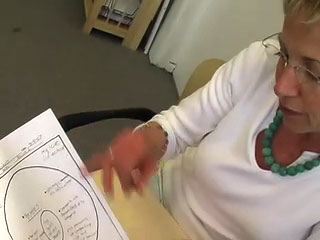



Learning Prep: Research
West Newton, Massachusetts
The question then arises: are Thinking Maps truly effective in aiding reading comprehension? Substantial research asserts the effectiveness of graphic organizers, yet little officially has been published on Thinking Maps. To be deemed credible, claims must be validated and backed up by proof. When directly asked as to why this dearth of empirical data exists, B. Singer of Innovative Learning Group responded that Hyerle's initial focus has been on promotion of the maps; she states that with increased funds will come the money to back research studies (personal communication, December 18, 2002).
The most substantial proof of Thinking Maps' effectiveness has been the considerable rise in test scores in many schools where Thinking Maps have been introduced, particularly when tracked over several years. At the Margaret Fain Elementary School in Atlanta, Georgia, reading scores on the 1996 Georgia State Test of Basic Skills improved by 40% in just one year, with mathematical scores showing a parallel rise of 31%. Thinking Maps achieve such optimal results when implemented comprehensively across the curriculum on a school-wide basis; many
other schools have demonstrated similarly large gains in testing scores (Hyerle, 2000, 134).

Interview with teacher Nancy talking about frame of reference with Thinking Maps for students, and her own use of Thinking Maps in graduate school.
![]() Watch the video clip in Quicktime (10:49)
Watch the video clip in Quicktime (10:49)
One of these schools that recently has noticed substantial increases in test scores is a school in eastern Massachusetts. Children who have documented, moderate, language-based learning disabilities receive specialized educational services at this educational institution's elementary, middle, and high schools; currently there are over 300 students from 91 towns across Massachusetts, New Hampshire, and Rhode Island who attend classes there. In September 2002, Thinking Maps were introduced in every grade and in every subject, including counseling, speech, and occupational therapy sessions; shop classes; and electives. Each Thinking Map first was introduced in the students' Language Arts classes, allowing one week for introductory exercises; other content areas reinforced the map the following week after its introduction. Maps which addressed higher-level thinking processes with complex cognitive development typically took an additional week for further reinforcement across the curriculum; student progress was monitored continuously to ensure that students were able to internalize the maps and become fluent with the thinking processes.
Download the Improving Reading Comprehension Through Visual Tools Thesis by Cynthia Manning
- Thesis Summary (pdf file)
- Complete Thesis (pdf file)